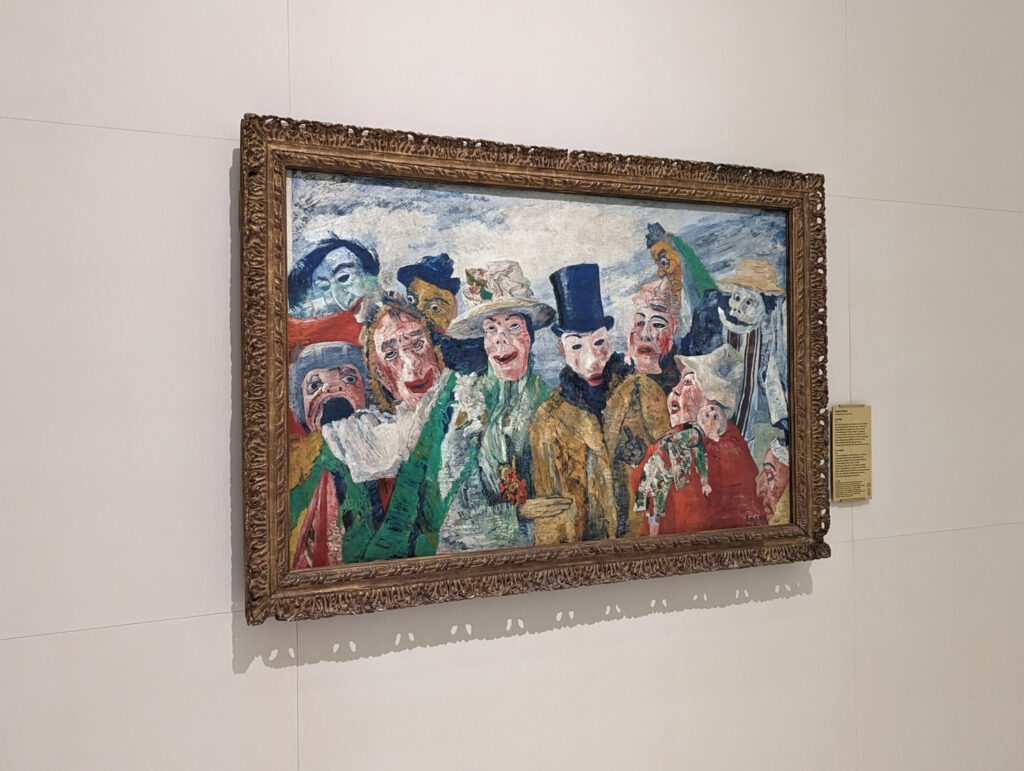A new video game inspired by the work of Belgian artist James Ensor was presented on Saturday at the Ensor House in Ostend.
'Please, Touch The Artwork 2' is the work of Thomas Waterzooi, who created the game to mark the Belgian Presidency of the Council of the European Union and the 75th anniversary of the Ostend painter's death.
Brussels-based developer Thomas Waterzooi was commissioned to create a sequel to his previous game 'Please, Touch The Artwork', released in 2022 and based on the work of Piet Mondrian. His second opus focuses this time on 83 works by Ensor. The game's soundtrack features excerpts of music by the Ostend-born artist, who was also a composer.
'Please, Touch The Artwork 2', a mix of puzzle and narrative, is free to play thanks to financial support from Flanders, and more specifically from funds released as part of the European presidency. The game can be installed on phones, tablets, PCs and Macs via the Steam platform.
"Flanders is taking advantage of the Belgian presidency of the EU Council to showcase its cultural landscape. As the presidency coincides with the festivities surrounding the 75th anniversary of James Ensor's death, we decided to link the work of this 'great master' with one of our youngest art forms: video game development," said Flemish Minister-President for Culture Jan Jambon (N-VA). "This game proves that James Ensor's work is still very much alive today."
Related News
- Artwork by James Ensor accidentally discovered in Koekelberg attic
- Ostend dedicates 2024 to the life and work of painter James Ensor
- What to do in Brussels this weekend: 1 - 3 March
Ensor is currently being commemorated in a joint exhibition organised by the Royal Library of Belgium (KBR) and the Royal Museums of Fine Arts of Belgium (RMFAB), running from 22 February to 2 June.
Aged 17, Ensor enrolled at the Royal Academy of Fine Arts in Brussels, just two years after receiving his first box of paints from his father. Despite finding the curriculum overly rigid and classical, it helped develop his brushwork, gaining complex techniques that led to his 'dark' period and more daring expressionist style, typified by his depictions of masks and crowds.
The exhibition sheds light on these formative years and artistic transformation. Of approximately 200 works collected by RMFAB and KBR since 1890, Ensor's early Academy sketches, youthful paintings, and print collections all reveal his evolution.

